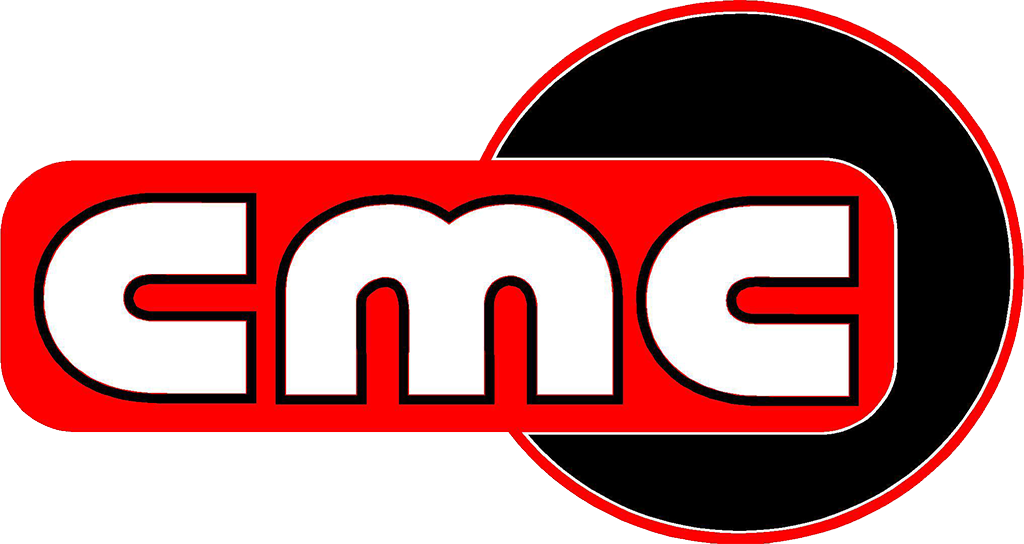If your sink clogs, a little hot vinegar or even a quick check of the trap will clear up your problem. But what happens when the clog is deeper than you can solve? Every city home is connected to the local sewer line. But if the sewer line itself gets clogged, no casual homeowner DIY is going to fix the problem. This is why it’s important to quickly identify whether your home drain problems are caused by a sewer line clog and it’s time to call an expert.
Ways to Easily Identify a Clogged Sewer Line
1. Bad Smell from a Clean Drain
Sink and shower drains, in fact all the drains in your home, are not supposed to have a smell. Some drains smell a little metallic or mineral due to a combination of the water and pipes. However, every drain – even floor drains – have a trap designed to stay filled with clean water that prevents sewer smells from coming up the underground drain line.
If your sewer line is clogged, home sewage may be backing all the way up into sinks and tubs. If you start to smell sewage from your drains, this is a sign that a clog goes deeper and sewage can’t escape your drain system.
2. Other Drains Gurgle or Back Up When You Flush
Your home has a drain system in which each drain is a branch from your drain tree, which all drains down into the sewer. If the sewer is blocked, the drains communicate with each other. This traps the drain system with itself so that flushed water flows under the house and between the drains, but not out. So if you run one drain and hear sounds from another, you might have a clog in the sewer line. Likewise, watch out if nearby shower drains back up when a toilet is flushed. This is pushing water pressure around in your drain system without a sewer line escape.
3. Multiple Drains are Clogged or Backed Up
One drain clog is often a one-drain problem. However, if multiple drains clog or back up, that’s a systemic problem. Just like the gurgling, when more than one drain clogs, it’s an indication that your sewer drains are all being clogged by the same cause. A clogged drain line can cause all of your drains to act clogged or back up at the same time.
4. The Toilet Water Rises and Lowers Without Cause
One of the more mysterious signs of a sewer line clog is the rising and lowering of the water in your toilet. Each toilet is directly connected to the sewer line. The level of water in the toilet indicates how the drain is working. Raising and lowering of toilet water without cause indicates a changing in water pressure below the toilet. This happens often when there’s a partial sewer line clog where water can’t fully escape your drain system but is draining just enough to change the drain line pressure.
5. Floor Drains are Backing Up
Floor drains on the ground floor are the lowest drains in the house. This means they are the closest to the sewer line and the first to back up if your home drain system is stopped up from below. If your floor drain is backing up along with one other sign, then there’s a good chance your sewer lines
6. Damp Sewer Clean-Out Drain
Last but not least, check your sewer clean-out drain. Like floor drains, the clean-out is close to the ground and connected to the same drain system as your home. It’s a direct pipe to the sewer line, but if your sewer line is clogged then you’re likely to see the home’s drain water pooling up around the clean-out drain that also acts a a type of overflow valve.
Contact us for your sewer line clearing services
Are you seeing one or more of these signs of a sewer line clog below your house? Contact us with your drain concerns or for emergency sewer line clearing before your home is at risk.

